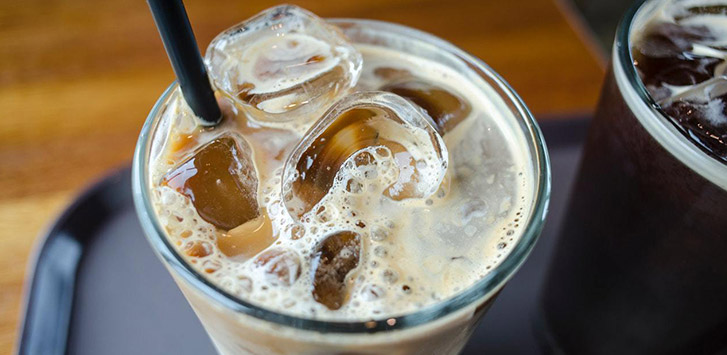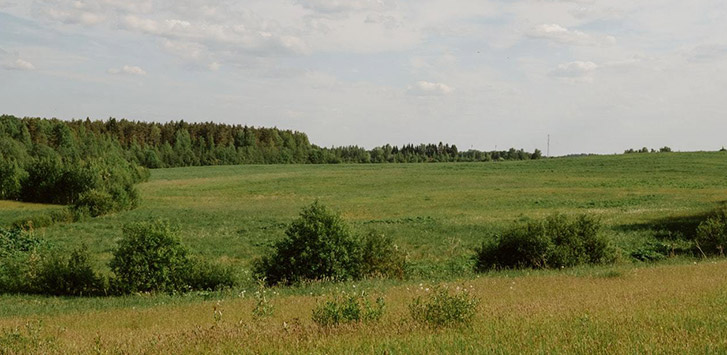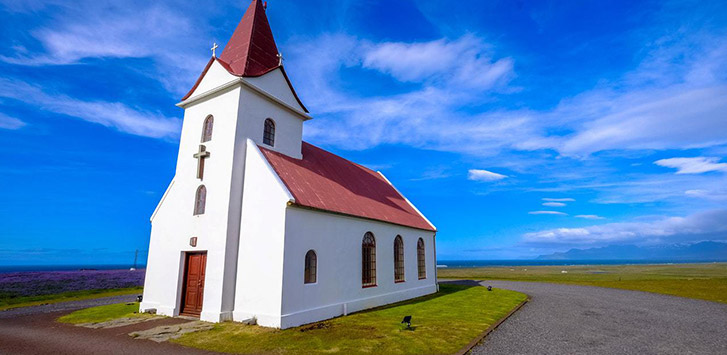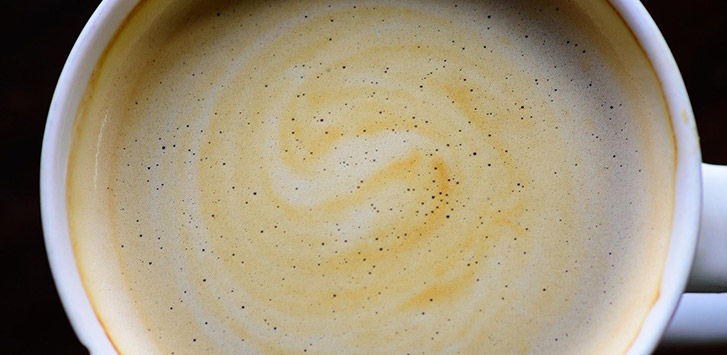
The Scandinavian egg coffee is neither of these two things: from anywhere in Scandinavia nor its real name. While the drink has been called Norwegian coffee, Hungarian coffee, Swedish egg coffee, and more by many people, no actual coffee drink exists within the Scandinavian countries. Rather, the drink’s true origins are of the typical American immigrant story.
Origins & History
The product of Scandinavian immigrants settling in the Mid-West during the 1800s, the Swedish, Norwegian, and Danish émigrés to the United States became associated with this form of coffee. While the original reason for why the inclusion of eggs has been lost, many assume it was a way to stretch and reuse coffee grounds as immigrants expanded westward.

As these communities settled within the states of Minnesota, Wisconsin, and Nebraska, this coffee was created in the Lutheran church basements where these immigrants worshipped. This truly American form of coffee also became known as church basement coffee as it was intended to be served to large congregations and large groups after a Sunday service.

Our Coffee Bean Suggestions
Given the way this coffee is brewed, we have a few suggestions for coffee beans that would work with this brew method.
The coffee that’s brewed using this method has a velveteen body coupled with a mellow and smooth taste that lacks the acidity or flavorful bitterness of other coffee beans.
We suggest a coffee bean that excels at a medium to medium-dark roast that has floral notes and that has a velveteen mouthfeel and mellow flavors. The idea is that we want to further accentuate and elevate the result with a bean that already has the qualities present.
The two coffee beans we think are most emblematic of the above parameters to use are our Colombia Excelso and the Ethiopian Organic Yirgacheffe. Both coffee bean varietals have an effervescent floral sweetness with a body that develops more fully when brewed using this method.
You are welcome to experiment with your favorite single-origin beans to find a version to your liking! Let us know your favorite bean to use for this brewing method.
Ingredients
The ingredients to make this type of coffee couldn’t be any simpler; just water, eggs, and coffee that’s it!
- 3 eggs added to the coffee grounds
- 3 to 3 ½ tablespoons of your favorite medium-coarse ground coffee
- 5 cups of water (3 at room temperature to boil and 2 cups of cold water to add at the end)
Swedish Egg Coffee Recipe

The actual recipe to make Swedish egg coffee is surprisingly easy to make, but be prepared to make a lot of it as the brewing method is designed for more than just your morning cup. Remember, this brewing method evolved to serve church congregations after all. Serves 4-6 people.
- Mix the eggs and coffee grounds into a soil-like texture, you can include the eggshells if you want an even less bitter
- Add the mixture to boiling water in a saucepan for 5 minutes
- Soon enough the grounds and eggs will congeal and float the grounds to the surface
- The concoction tends to boil over, so watch closely
- Remove from heat and add cold water and let it sit for 10 mins
- The cold water pushes the grounds to the bottom
- Proceed to filter and strain to leave the solidified ground-egg “nuggets” out of the coffee
- Pour and serve like any other cup of coffee
A Polite Reminder
We would be remiss if we didn’t suggest that using pasteurized eggs rather than raw eggs when brewing this coffee is the best way to ensure and prevent possible salmonella contamination.
Other Types of Egg Coffee Around the World
Swedish egg coffee isn’t unique in its use of eggs alongside coffee. The combination of eggs within coffee seems to be particular to two Asian countries; Vietnam and Indonesia. However, whereas Swedish egg coffee uses the egg yolk as a binding agent before brewing, the Vietnamese Cà Phê Trung and Indonesian Kopi Telur use egg yolk as an additive after brewing.
Vietnam’s Cà Phê Trung
The Cà Phê Trung was developed in the context of the First Indochina War in 1946 due to a shortage of fresh milk. An entrepreneurial café owner, Ngyuen Giang, replaced the condensed milk usually included in traditional Vietnamese coffee with whisked eggs.
The Vietnamese egg coffee drink eventually caught on and exploded in popularity by the 1980s. The rest, as they say, is history. Today, Cà Phê Trung is served using traditional phin brewed and filtered robusta coffee to which heavily whisked egg yolk and condensed milk are added, creating the rich and decadent coffee drink enjoyed by Vietnamese people and those the world over.
Indonesia’s Kopi Telur
The largest island country of Indonesia is home to a multitude of coffee beans, cultures, and cuisines. The Kopi Telur is no different. Found nowhere else in the world except in the coastal city of Padang on the island of Sumatra, the Kopi Telur is like coffee crème brûlée.
Made by whisking together egg yolk, honey, and vanilla extract into a foamy froth, condensed milk is then added sinking to the bottom of the glass. Finally, brewed Sumatran coffee is poured to create a lovely, layered drink that is Instagram-worthy!
If you’re interested in trying this concoction out, check out the recipe below
- 1 ¼ tsp honey
- ¼ tsp. vanilla extract
- 1 egg yolk
- 1 tbsp. sweetened condensed milk
- ½ cup of coffee
Whisk together the honey, vanilla, and egg yolk in a thin class. Beat in a ¼ cup of boiling water until the mixture becomes foamy. Proceed to pour in the condensed milk, this will sink into the bottom of the glass. Finally, pour in the coffee. If done correctly, the glass should display three clear layers, the condensed milk at the bottom, the coffee in the middle, and the foam on the top.
Conclusion
The humble Swedish egg coffee is much like the story of the United States, an amalgamation of cultures, circumstances, and simple ingenuity. A misnomer that doesn’t exist within Scandinavia at all but is named because of those who invented the brewing method. This simple, clean coffee is a perfect drink to make for a large group of friends to sip and bond over, just like how it was intended to.